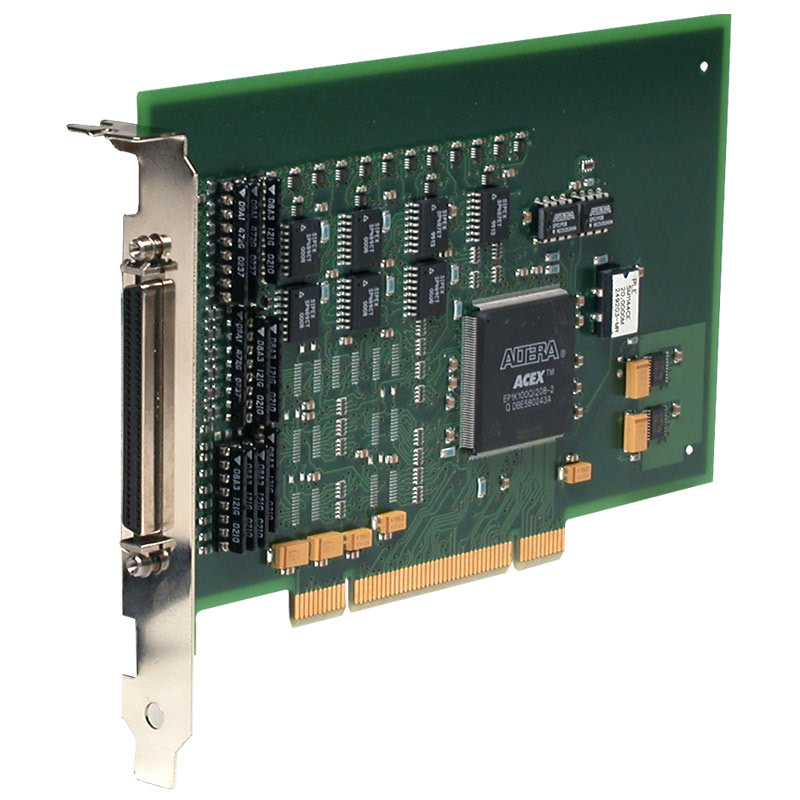What does the term “PCI” mean?
PCI stands for Peripheral Component Interconnect. Firstly, it is a computer bus standard developed by Intel in the 1990’s. It is used to connect peripheral devices such as network cards, sound cards and graphics cards to the motherboard of a computer. The PCI standard has been revised and most developers now use PCI Express (PCIe).
Are PCI Boards and Components still available?
Whilst newer systems tend to use the PCIe interface instead of PCI. Some older systems may still have PCI slots available. As a result, some PCI components and boards are around that are suitable for older systems. Several manufacturers are starting to phase this form factor out of their production runs, so stock may be limited.
What is the main difference between PCI and PCIe cards?
The main difference between PCI and PCIe cards is the bus architecture that they use to communicate with the motherboard and other components in a computer system.
PCI use a parallel bus architecture. Therefore, data is transferred between the card and the rest of the system using multiple data lines that run in parallel.
Whereas PCIe also known as Peripheral Component Interconnect Express, is a newer and faster architecture. Introduced as a replacement for PCI in 2000’s. PCIe uses a serial bus architecture. Therefore, data is transferred between the card and the rest of the system using a single high-speed data lane.
The advantages of PCIe over PCI platform include:
Higher bandwidth – faster data transfer rates and better overall system performance.
Supports “hot plugging” – allows cards to be installed and removed whilst running.
Multiple lanes – can be configured with x1, x2, x4, x8, x16 or x32 lanes with each lane providing additional bandwidth.
Greater flexibility and scalability in design
What sorts of applications is PCI used for?
PCI is used for applications that require high-speed communication between peripheral devices and a computer system. Some common applications of PCI include:
Network Cards: Connect a computer to a local area network (LAN) or wide area network (WAN) for data transmission.
Sound Cards: Provide high-quality audio output and input for multimedia applications such as gaming, music production, and video editing.
Graphics Cards: Provide high-quality graphics output for gaming, video editing, and other graphics-intensive applications.
RAID Controllers: PCI RAID controllers manage multiple hard drives in a computer system to provide redundancy and improve performance.
SCSI Cards: PCI SCSI cards connect SCSI devices such as hard drives, tape drives, and scanners to a computer system.
Industrial Control Systems: PCI is also used in industrial control systems to connect various sensors, actuators, and control devices to a computer system for monitoring and control purposes.
PCI Card Manufacturer – Acromag
Acromag produces a wide range of I/O boards and cards for various applications, including those that use the PCI bus. Some of the features that Acromag’s PCI I/O boards and cards provide include:
High-Speed Data Transfer: Provide high-speed data transfer rates. Some models supporting transfer rates of up to 1.25 gigabits per second.
Multiple I/O Options: Acromag’s PCI boards are available with a variety of I/O options, including analog inputs and outputs, digital inputs and outputs, and serial communication ports such as RS232, RS485, and CAN.
Flexible Configuration: Acromag’s PCI boards are highly configurable, with options for different voltage and current ranges, signal types, and other parameters.
Industry-Standard Software Support: Supported by industry-standard software tools, including LabVIEW, MATLAB, and Visual Studio.
Ruggedised Design: Designed for use in harsh environments. Therefore, feature such as extended temperature ranges, shock and vibration resistance, and conformal coating to protect against moisture and dust.
Overall, Acromag’s PCI I/O boards and cards provide a wide range of features and options for industrial and commercial applications that require high-speed data transfer and flexible I/O configurations.
Acromag’s Models of PCI I/O Boards and Cards
 |
| PCI Analog I/O Modules |
 |
| PCI Digital I/O Modules APC424: Digital I/O (Differential and TTL) and Counter/Timers |
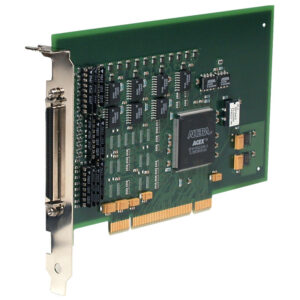 |
PCI Counters and TimersAPC482: 10 x 16 bit Counter/Timers, TTL with Quadrature Board APC483: Four x 16 bit TTL Counters and Four x 32 bit RS422 Counters |
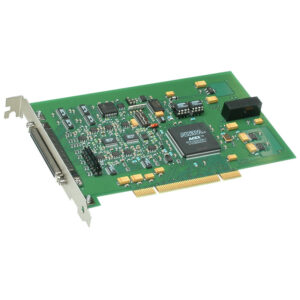 |
| PCI Multifunction I/O Modules |
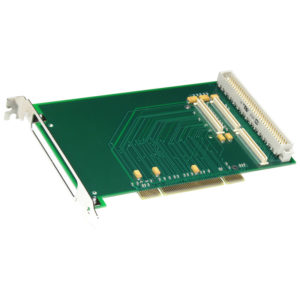 |
| PCI Carrier Cards APC-PMC: Non intelligent PMC Carrier Card |
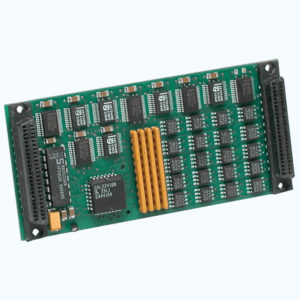 |
| Mezzanine I/O Modules for PCI Carrier Cards Digital I/O Support Communication I/O Support FPGA I/O Support |
Finally, if you’re looking to top up your existing PCI Network, Acromag’s range of I/O, mezzanine modules and carrier cards can assist. However, if it is a new system, it might be best to re-consider the PCI platform and move to something more modern like PCIe. For more information, contact us.
